Top 12 Software Testing Tools For 2023
Overview
The automation industry is a competitive market. Every few days, a new tool is introduced to the market. Though Selenium, Jmeter, and Postman are well-established software testing tools in the industry, this new wave of code-less automation tools is emerging in the market.
There are various sub-domains in the testing like UI automation, API automation, performance testing tool, mobile automation tool, bug management tool, etc. This article will discuss leading tools from the respective domains, which every tester must know.
Introduction to Software Testing Tools
Software testing tools have made automation testing possible. We integrate these Software Testing Tools into the script, and they run the test case. Based on the result, a report is attached to them.
For example, the Selenium automation tool is used to automate the browser. We write a script in Java/Python/javascript called the selenium web driver using Selenium libraries, and with the help of libraries only, we automate the webpage. Once the execution is done, an extent report is attached to it. The entire run is done on the testNG library.
But there are also tools like Bugzilla, and Jira, which do not help automate a test case but act as bug management. Jenkins, for instance, is used as CI/CD tool. So all these in a single automation framework work in collaboration. Below, we are going to list the different types of Software Testing Tools we have.
Types of Testing Tools
1. UI automation tool: UI automation software testing tools are used to automate the user experience with the application. Scripts are written by clicking a button, filling out the form, scroll down the screen. Selenium has been the most used in the industry for many years now. Cypress is for javascript developers, and Katalon Studio is built on top of Selenium to provide a GUI interface for UI automation.
2. API automation tool: API automation software testing tools like Postman, RestAssured, and SoapUI are used to test web services and API. These tools don't require much coding, but one can validate if an API is working and if requests and responses attach to it.
3. Performance tool: Performance software testing tools like LoadRunner and Apache Jmeter test the server's load. You can send multiple requests to the server, and within a few seconds, a response time graph is obtained—for both load and stress testing.
4. Test case management: Test management tools like JIRA with XRays automate the test case management process. Earlier the entire entry was done manually in excel sheets. Now JIRA can be integrated into source code and generate reports of test cases pending.
5. Bug management tool: Bugzilla is a popular tool that helps identify a bug's status. Who is assigned to it, severity, and priority of the bug? Earlier, this was all done in an Excel sheet which was challenging to manage.
6. Mobile automation tool: Appium is used to automate mobile experience. The same Selenium does with browsers, Appium does with mobile automation. Tester writes a script and adds Appium libraries which replicate user interaction of click, scroll, volume, etc., features.
7. Build automation tool: Jenkins is one of the most used tools. It is a CI/CD tool that is used to automate the build so that a tester can schedule the test execution time. The build would automatically run, and the associated report would be generated.
8. Test Environment tools: LambdaTest, SauceLabs, and BrowserStack provide test environments that allow testers to run their code on desired system configuration. For example, you can automate https://www.scaler.com/ on Windows 10 system chrome browser 104 version without even having a system. Write a script on your machine and pass the credentials these platforms provide. And they would record the test execution. Isn't it cool?
Popular Software Testing Tools to Know as a Tester
1. Selenium:
Selenium is an open-source tool used for browser automation. It supports multiple languages like Ruby, Java, Python, and C#.
Three selenium tools are available: selenium web driver, selenium grid, and Selenium IDE. Selenium grid is used for cross-platform testing, and selenium IDE is a code-less tool that records the script based on user interaction with the site.
To get started with the selenium web driver, you need to install selenium libraries in your project, and then you can call its methods for various keyboard and mouse actions.
Some important selenium features:
- Selenium is a free and open-source tool
- It supports multiple programming languages like Java, Python, C#, etc.
- It has three tools- Selenium webDriver, Selenium grid, Selenium IDE
- Selenium webDriver is used for automating browsers in the same platform.
- Selenium Grid is used for automating browsers in cross-platform, i.e., different systems using hub and node concept
- Selenium IDE is for codeless automation. It generates a script by recording user actions on the website.
- Selenium supports multiple webDriver like chrome, edge, firefox, etc.

2. Appium:
Appium is an open-source tool used to automate native, hybrid, or mobile web applications. It uses webDriver protocol. It supports multiple programming languages.
To start the Appium, you need to install the node.js server. It runs in the background. Appium is integrable with emulators for a better testing experience. It also helps in automating the backend.
Some important Appium features:
- Appium requires a node.js server
- Appium supports multiple languages like python, C#, and Java.
- Appium is an open-source tool
- Appium contains a UIAutomator for logging experience.
- Appium is easily integrable with TestNG, which is a unit testing framework in Java
- Appium can be used with emulators for enhanced user testing experience
- Appium supports cross-platform compatibility, enabling the same test to run on multiple platforms.
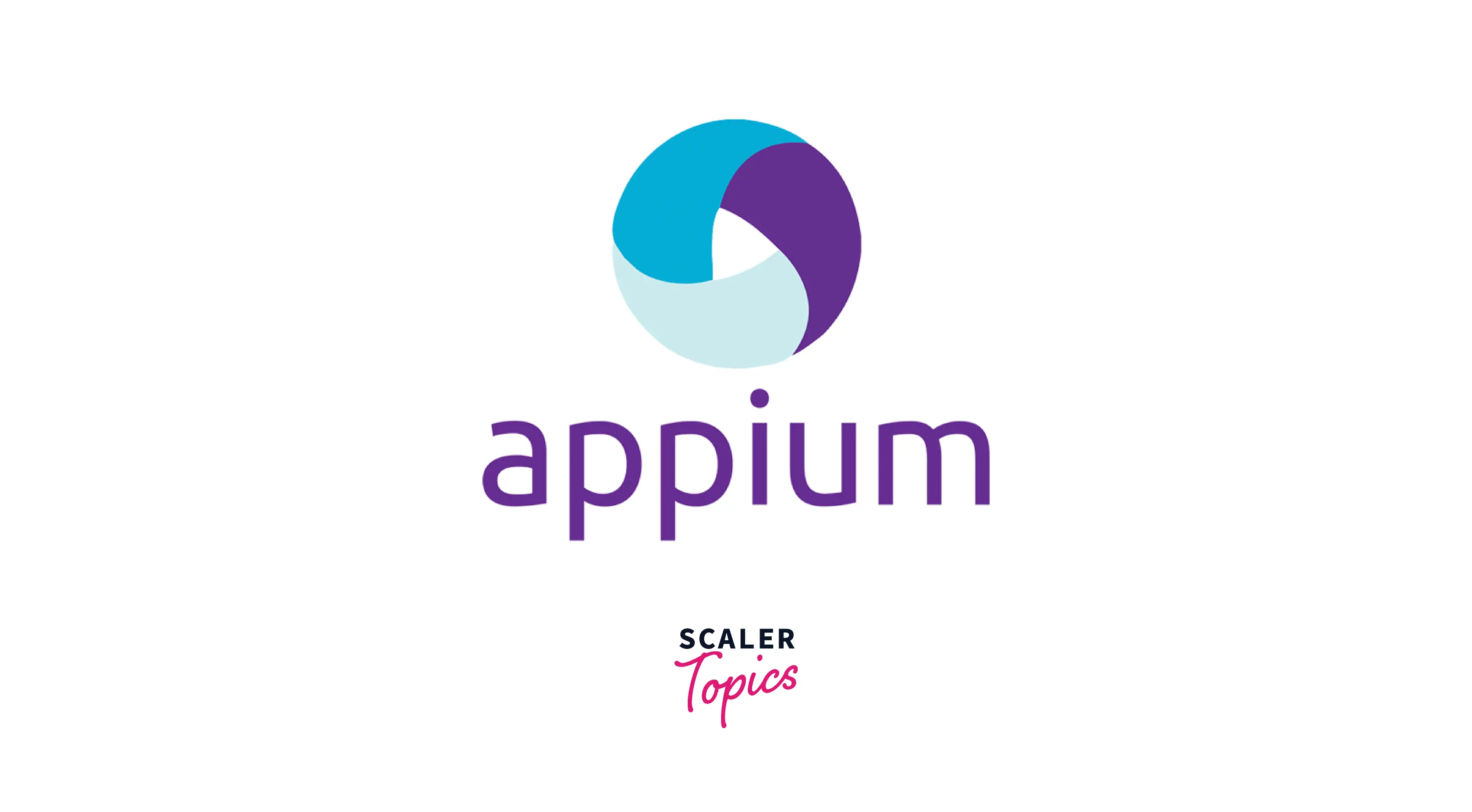
3. Cypress:
Cypress's popularity has increased in the last few years. Cypress is javascript based web automation tool. Cypress is open source tool.
It enables developers and testers to write test cases in javascript, which is the native language to build any website. Cypress is quite different from Selenium. It takes snapshots as you run the test cases.
Some important Cypress features:
- Cypress is an open-source tool.
- Cypress is javascript based end to end framework tool
- Both developers and testers use cypress as it is written for javascript developers
- Cypress reloads whenever a change is made to a test case
- Cypress takes snapshots when the test cases are getting executed.
- Cypress overcomes Selenium's most significant weakness for waits and async nature.
- Cypress provides easy debugging by direct integration from browser dev tools.

4. Katalon Studio:
Katalon Studio automates both website and mobile applications. Katalon aims for a more codeless automation strategy. It is used for web and API automation. ** Some important Katalon studio features:**
- Katalon studio automates web base, mobile-based, and desktop-based application
- It is compatible with multiple OSs and browsers
- It provides codeless automation support for beginners.
- Katalon studio also supports script writing for advanced developers.
- It supports integration with CI/CD tools like Jenkins and Azure.
- Katalon supports Selenium scripts which can easily be imported into the platform.
- It is supported in multiple testing environments like LambdaTest, docker, sauceLabs, etc.

5. Postman:
Postman is a widely used API test tool that is equally popular among developers and testers. It is a standalone desktop application that is entirely GUI.
The tester can send requests to a server and attach multiple headers based on the protocol. The tool would return the response.
The tester can even write scripts in the test section to validate if the response is correct or not.
Some important Postman tool features:
- Postman is a standalone desktop tool used for API automation.
- Testers send a request to the server, and a formatted response is displayed in the tool.
- Testers can attach test cases to validate if the result is correct or not.
- Postman supports continuous integration with other applications as well.
- Postman is integrable with Newman or Collection Runner to execute test cases.
- In postman, one can import/export environment and collection making it even simple to use.
- Postman can be used with SOAP, REST, and HTTP
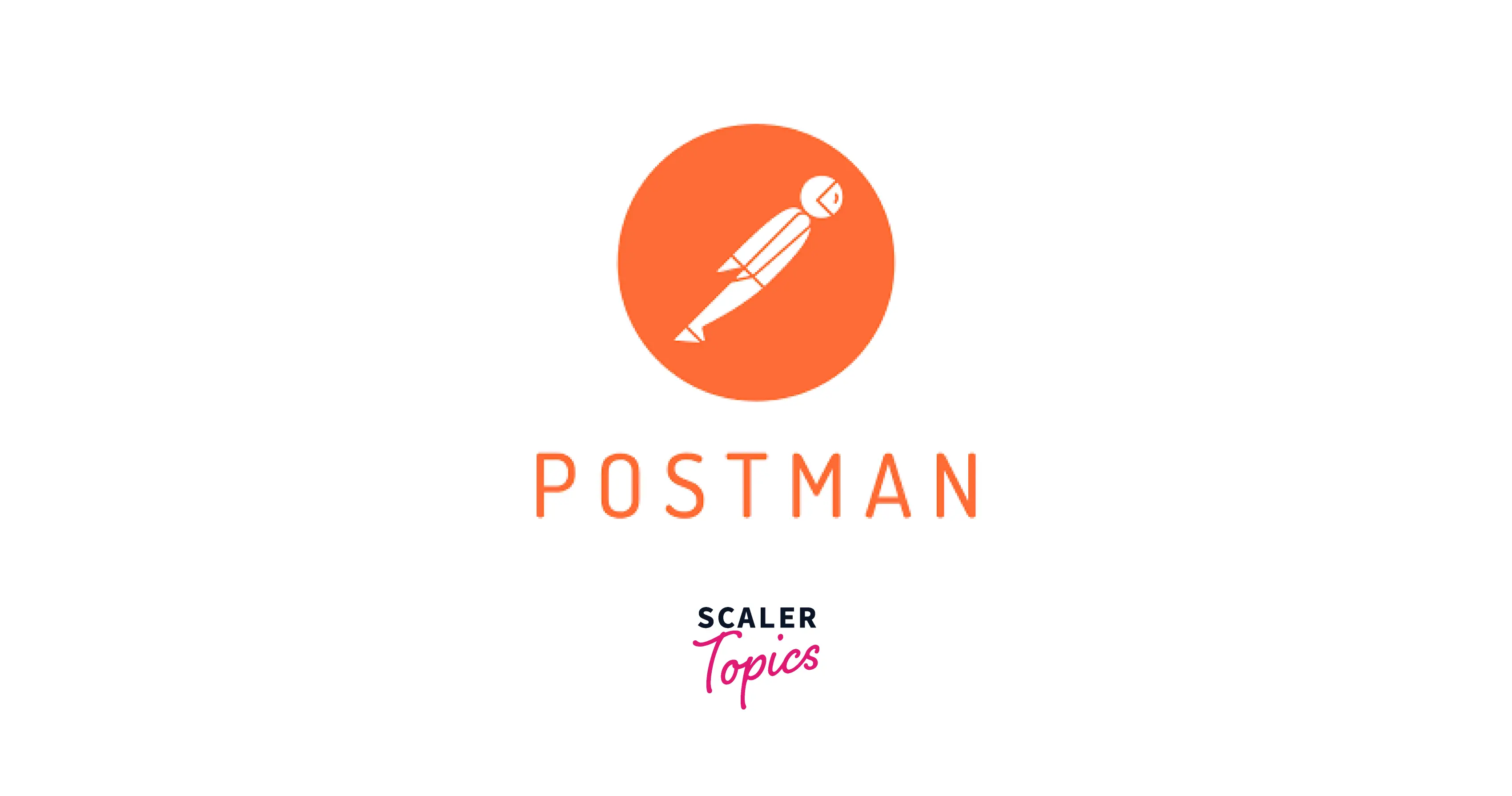
6. SoapUI:
SoapUI is an API automation tool that tests API based on SOAP, REST, and GraphQL. SoapUI is easily integrable with CI/CD tools. Using SoapUI, the tester can do API functional testing, API performance testing, and API security testing. SoapUI also supports data-driven testing and test reporting.
Some important SoapUI features:
- SoapUI is used for API test automation.
- It supports testing all sorts of APIs-SOAP, Rest and GraphQL
- SoapUI supports CI/CD integration.
- SoapUI supports API functional testing, i.e., APIs work when the required conditions are met.
- SoapUI supports API performance testing, i.e., how much load the API can take in.
- SoapUI supports API security testing, i.e., to test any vulnerability that might have been left out.
- SoapUI has support for both data-driven testing and test reporting.

7. RestAssured:
RestAssured is an API automation tool supported in Java. It is used to write test cases to validate whether or not the response obtained from REST API is correct. The beauty of rest assured is that it is a library that can be added to the code as jar files, very similar to Selenium.
Some important RestAssured features:
- RestAssured is used to automate APIs in Java
- It is added as jar files in the project
- It is done so via simple methods given(), when(), then()
- The syntax of rest assured is quite similar to behavior driven.
- RestAssured is integrable with TestNG and JUnit, which are the unit testing frameworks in Java
- RestAssured is integrable with CI/CD tools like Jenkins.
- You can attach the report via extent report and allure report with rest assured
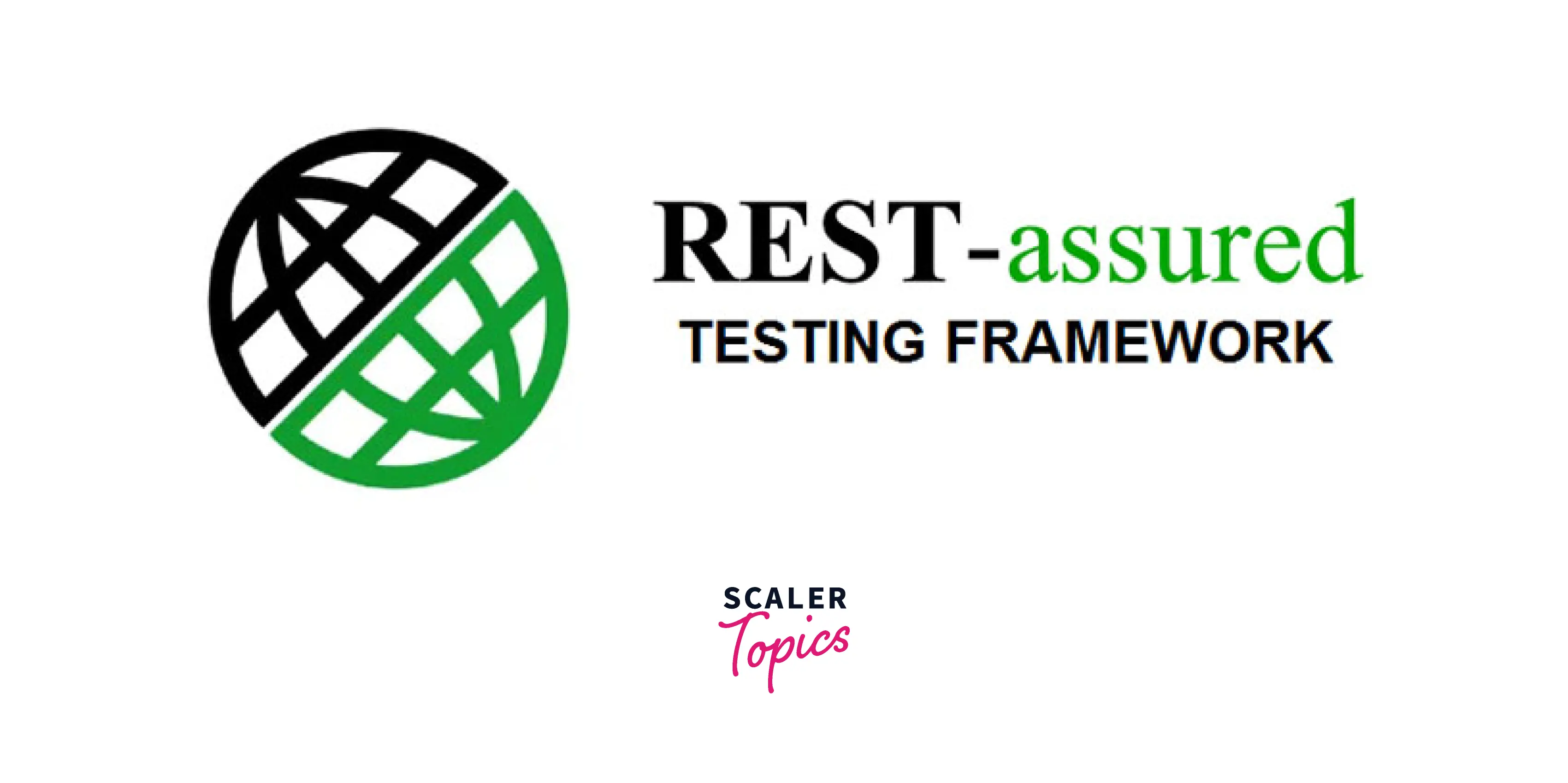
8. Apache Jmeter:
Apache Jmeter is an open-source tool made on JAVA for load testing and application performance testing. It can test SOAP, REST APIs, and web services. The best part of the tool is that it generates extensive reports. The tool is made on the multi-threading concept of JAVA.
Some important Jmeter features:
- Apache Jmeter is an open-source tool
- Apache Jmeter is used for load testing for APIs and Webservices
- Apache Jmeter supports REST, SOAP, and web services.
- Jmeter is a standalone application that is built on JAVA.
- Jmeter is used for Distributed Testing, Recording Tests, JUnit sampler
- Jmeter is compatible with Gradle, Maven, and Jenkins.
- Data analysis and visualization plugins show comprehensive reports.

9. LoadRunner:
LoadRunner is a load testing tool from Microfocus. It is a paid tool, unlike Jmeter, but offers accurate detection of system bottlenecks and how to produce a faster output by listing the components slowing down the application.
Some important LoadRunner features:
- LoadRunner helps in the precise detection of system bottlenecks
- LoadRunner minimizes the application downtime
- LoadRunner helps in predicting software hardware capacity and capability
- LoadRunner helps to determine the cause of performance issues of the application
- LoadRunner is used to test the load of both desktop and mobile applications.
- LoadRunner is not free and is on the expensive end.
- Loadrunner also provides load testing from different geographic locations

10. Jira:
Jira is a product management and bug-tracking tool by Atlassian. It supports both Scrum and Kanban frameworks. It is used by almost every company for a smooth and transparent software development process. It generates graphs, boards, and sprints. Users are here referred to as Components. Some JIRA terminologies include epic, user story, bugs, releases, etc. ** Some important Jira features:**
- Jira is a product management and bug-tracking tool by Atlassian.
- Jira uses Agile frameworks Scrum and Kanban.
- Jira promotes transparency in the team to keep track of the updates. It has replaced Excel sheets.
- Jira can also be used for test cases by XRay plugin integration.
- Jira generates word and excel reports. Data can also be imported into Jira.
- Jira can be integrable with tools like bitbucket, Jenkins, etc.
- Jira also provides customizable workflows and extended graph reports to meet deadlines.
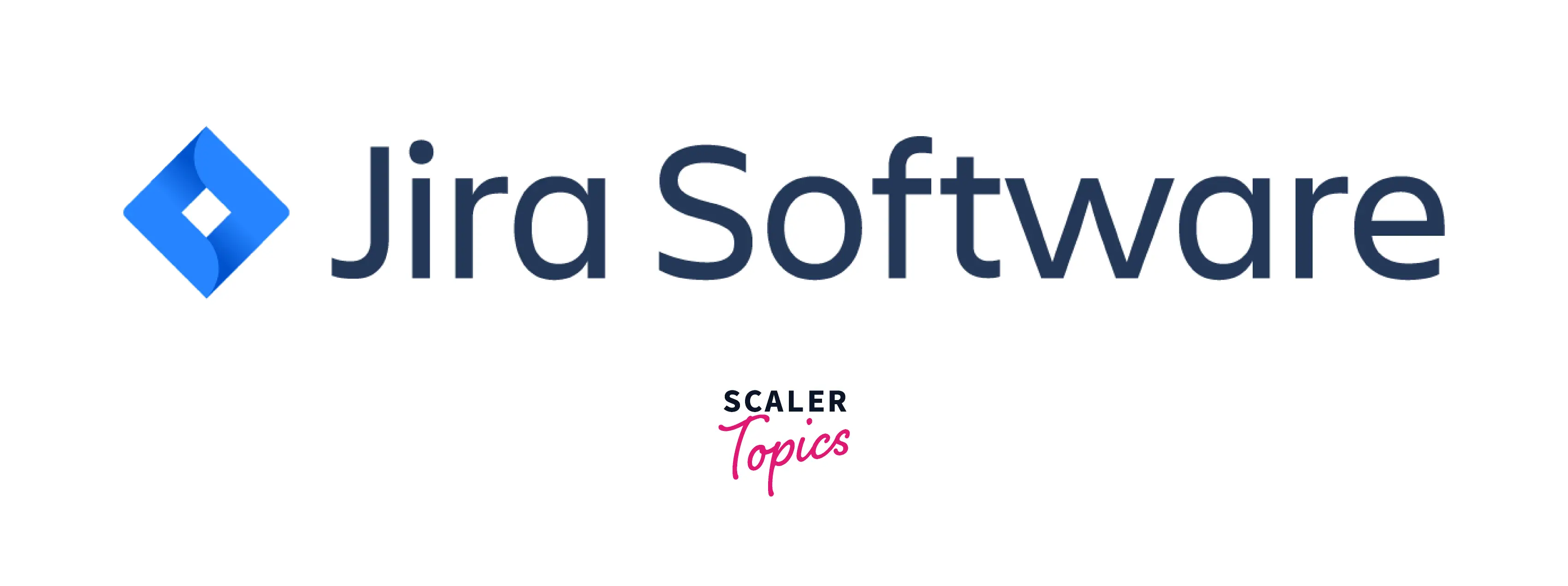
11. LambdaTest:
LambdaTest is a cloud-based automation testing platform that provides a test environment for testers. It provides cross-browser automation across multiple devices, Operating Systems, and real devices. It supports Selenium testing as well. It also provides geo-location testing, integrated debugging, and locally hosted web testing. LambdaTest is easily integrable with bitbucket, Jira, slack, etc.
Some important LambdaTest features:
- LambdaTest is cross browser cloud-testing platform.
- LambdaTest is used for automated testing, live testing, mobile app testing, scalability testing
- LambdaTest can run selenium grid and selenium scripts.
- LambdaTest provides integrated debugging to debug issues in live testing.
- LambdaTest also provides locally hosted web testing
- Geo Location testing enables the user to replicate different test environments in LambdaTest
- LambdaTest is integrated with CI/CD tools like Jenkins, git, bitbucket, etc.
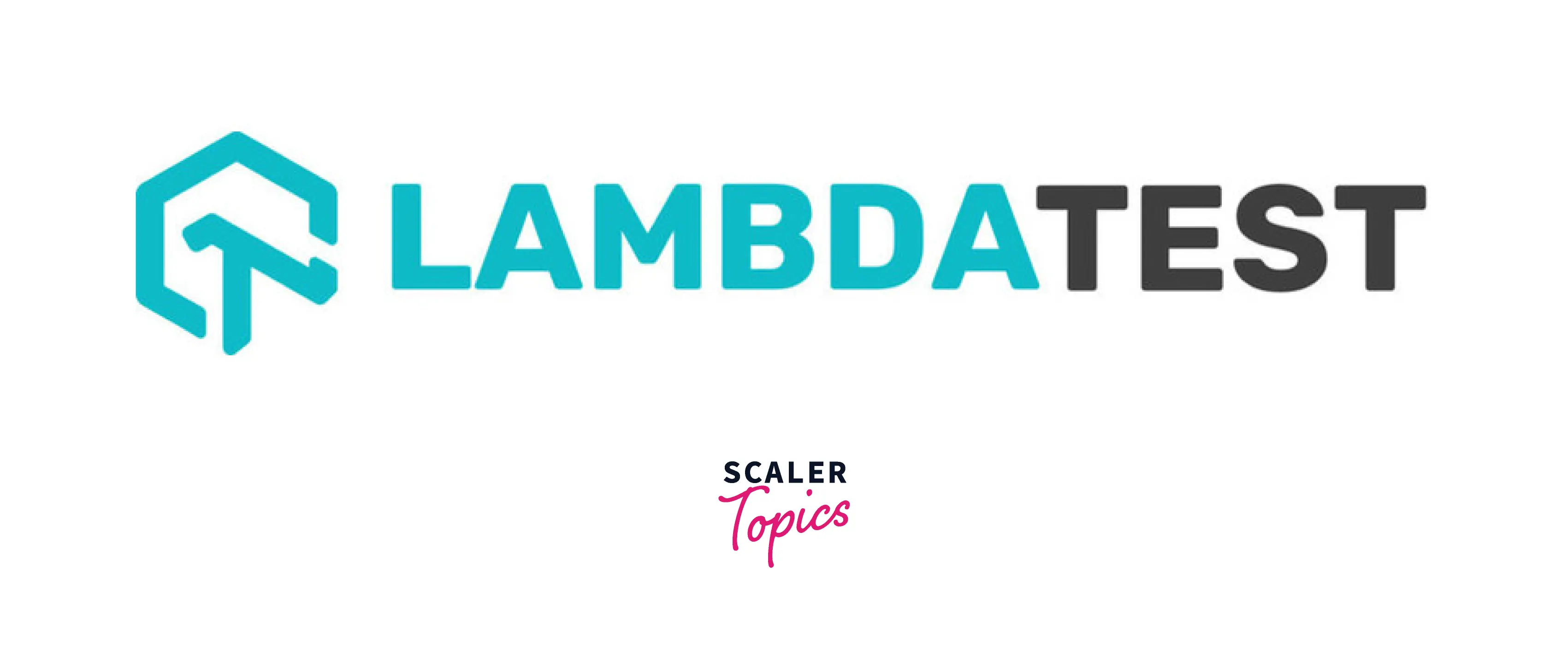
12. SauceLabs:
SauceLabs are used for cross-browser testing, selenium testing, and mobile application testing. It provides test environments for code execution. Visual testing, beta testing, and API testing are also supported. SauceLabs is also an integral tool with CI/CD platforms. Selenium test cases in SauceLabs are recorded here.
Some important SauceLabs features:
- SauceLabs supports cross-browser testing across thousands of browsers and real-life devices combinations
- Mobile app testing from development to production is supported in SauceLabs
- SauceLabs provide all one API testing platform
- Automated test cases are scaled using SauceLabs
- Live testing on real devices is supported in SauceLabs
- Debugging tools and sauce insights advance functionalities help to speed up the performance of the application
- Saucelabs integration with Github, Jira, and Jenkins makes it a flexible tool to work with.
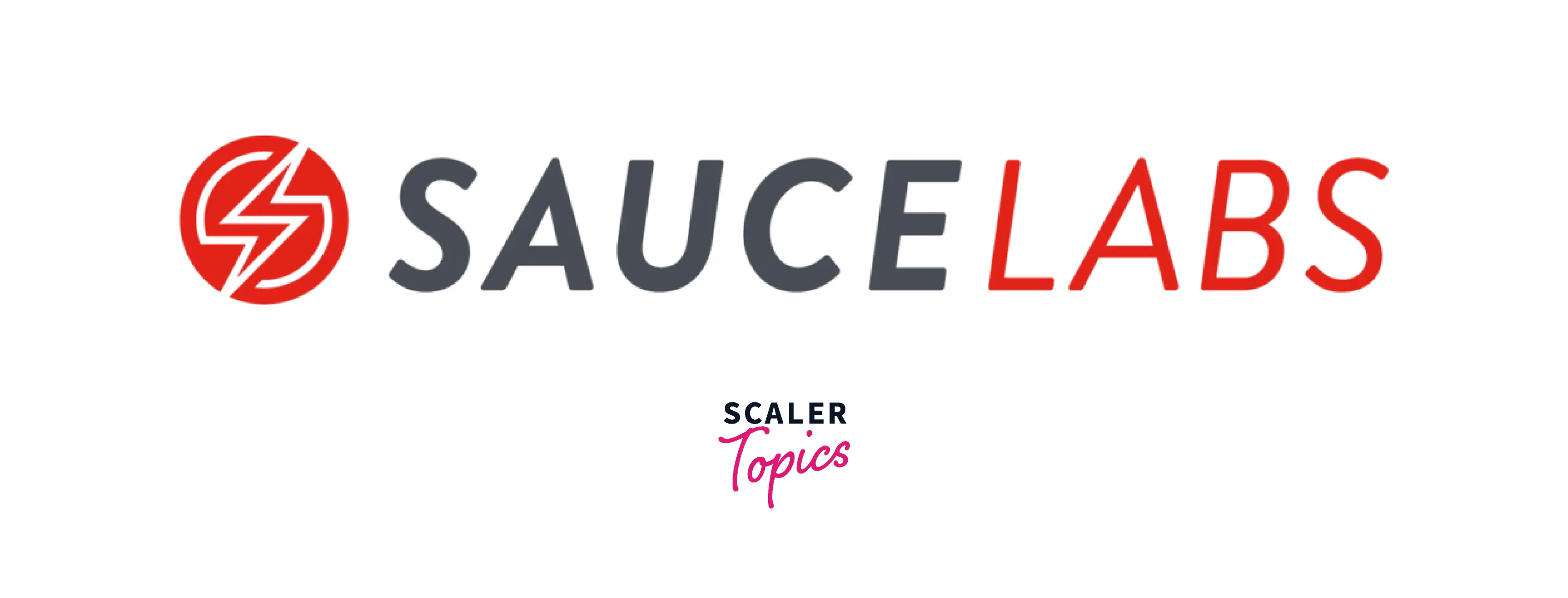
Conclusion
- Automation industry is witnessing a new wave of advanced automation tools. The majority are trying to move into a more code-less automation approach.
- UI automation software testing tools like Selenium, Appium, Cypress, and Katalon studio automate mobile and website test cases.
- Postman, SoapUI, RestAssured are all automating API testing experience, REST web services, and SOAP protocols.
- Apache Jmeter and LoadRunner are at the forefront of application performance and load testing.
- Jira is a project management tool, whereas Saucelabs and LambdaTest provide application test environment experience.
